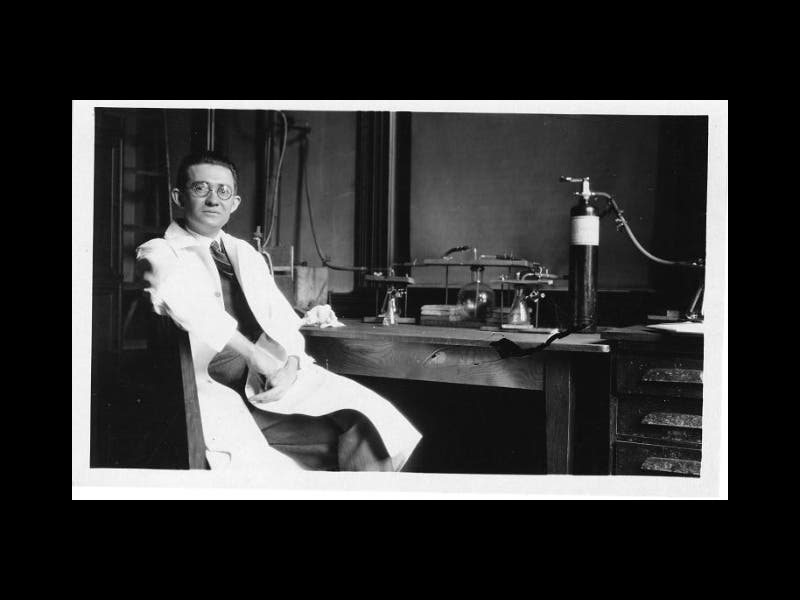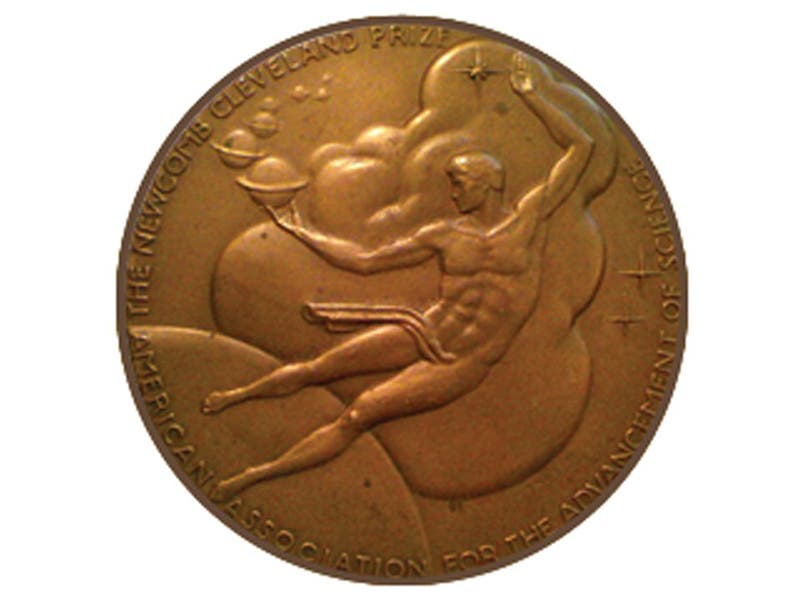Scientist of the Day - Lemuel Roscoe Cleveland
Lemuel Roscoe Cleveland, an American protozoologist, was born Nov. 14, 1892. Cleveland is known to historians of astronomy as an odd footnote; in 1924, when Edwin Hubble presented a paper at a meeting of the American Association for the Advancement of Science (AAAS), proving that the Andromeda nebula is in fact a galaxy just like our own Milky Way, he was awarded the AAAS Thousand Dollar Prize, a recently established award given for the best paper presented at the annual meeting. But Hubble only received $500, not $1000, because he had to share the award with Lemuel Cleveland, who had given a paper on termite parasites. This has always been the source of some amusement to astronomers, and to myself, but when I took a closer look at Cleveland’s achievement, I soon discovered that my condescension was born of ignorance, as condescension usually is. Cleveland had made a discovery that was just as fundamental to the microcosmic world as Hubble's was to the macrocosm.
Entomologists had long known that the termite gut is full of assorted bacteria and single-celled life, but Cleveland discovered that some of the protozoa in the termite tummy digest cellulose, the major constituent of a termite's diet, and that, furthermore, it is the only thing in a termite that does digest cellulose, so that when you deprive a termite of his gutful of protozoa, it starves to death. The termite owes its life to its wood-processing protista. Although many examples of host-parasite symbioses are now known, where host and parasite coexist to the mutual benefit of both, Cleveland’s discovery was the first, and he really did deserve his Five Hundred Dollar prize as much as Hubble. Besides, he gave his paper in person. Hubble just mailed it in.
The first image above shows four protists from a termite gut amid a sea of cellulose. To learn more about these, we recommend an informative article, chronicling one man’s attempt to collect these protists, with beautiful photomicrographs, on the Microscopy UK website which was also the source of our first image. The second image depicts Cleveland in his lab, and the third shows the descendant of the Thousand Dollar Prize, the Newcomb Cleveland medal, which requires some explanation.
In 1923, AAAS member Newcomb Cleveland established an award for the best paper given at the AAAS national meeting. Since Newcomb Cleveland did not want to reveal his identity, the award was called the Thousand Dollar Prize. After Newcomb died in 1951, his beneficence was made public, and the award was renamed the AAAS Newcomb Cleveland award. A medal was then created to accompany the award (third image). As far as anyone can determine, Lemuel Cleveland and Newcomb Cleveland were not related.
Dr. William B. Ashworth, Jr., Consultant for the History of Science, Linda Hall Library and Associate Professor, Department of History, University of Missouri-Kansas City. Comments or corrections are welcome; please direct to ashworthw@umkc.edu.









